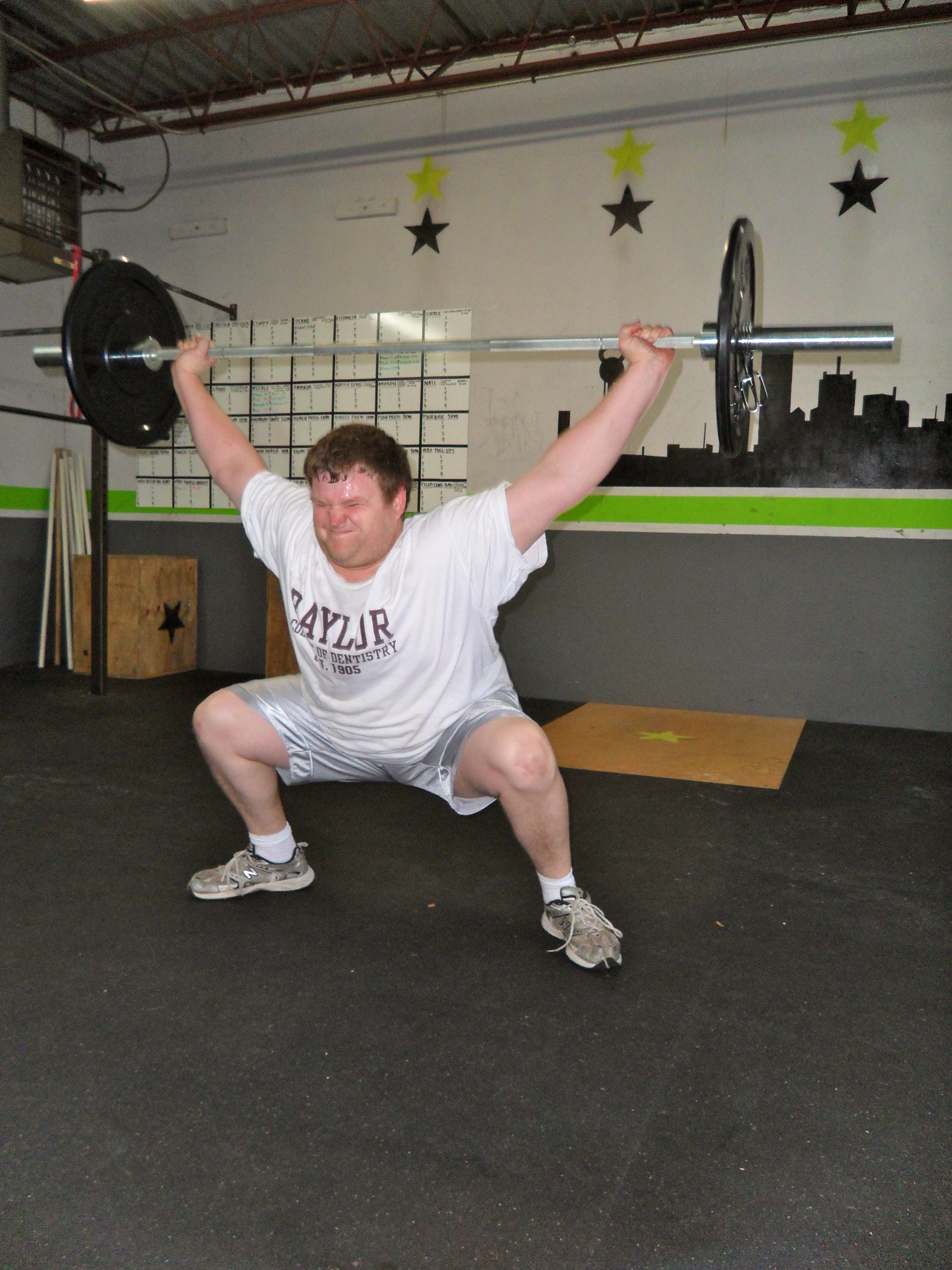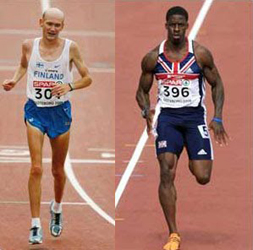
“An evolving journey and exploration of the connection between spirit, mind and body WHILE attempting to discover physical potential WHILE leading to discovering purpose and producing longevity of oneself.”
– James Fitzgerald
Part I of this series of post can be found here.
The metabolic pathways. To understand fitness at a biological level you must have basic knowledge of the 3 metabolic pathways which provide the body with energy to perform. They are known as the phosphocreatine, glycolytic, and oxidative pathways. The first pathway, the phosphocreatine system, provides sources of energy in very short yet intense bouts. Think of it as picking something heavy up just one time, sort of like a one rep max. Since the body does not have time to react, take in oxygen, and produce ATP, it relies on a readily available storage of phosphocreatine found in the muscles. The kicker is that there is not very much of it and after about 10 or so seconds your storage is up and the second energy system kicks in, the glycolytic pathway. The glycolytic system is the most commonly associated with more moderate levels of training (going off the notion that a 1RM is a high level). This is where the majority of CrossFit WODs are performed at. This system operates both aerobically and anaerobically. The more efficient you are anaerobically, the faster you can work through a given time frame (higher power output). The more power you produce, the more that favorable adaptation will occur. This is where the good stuff is, where fat storages are tapped into and lean muscle building thrives. The glycolytic system works up to about 10 minutes in duration. If the intensity is lower than it takes for the glycolytic system to initiate, the aerobic or oxidative pathway takes over. Long, sustainable energy output like that used on long runs or bike rides is due to the oxidative pathway. This system’s main source of energy is carbohydrates found in the blood, liver, and muscles and needs a constant supply of oxygen to maintain ATP output. If you were to be on a long run and suddenly a dog starts chasing you out of no where, you can bet the primary energy system in use would switch back from oxidative to glycolytic. Below is a graph explaining the three energy systems’ production as a function of time.
Note: the glycolytic system is referred to as the “Lactic Acid System” in this graph.

What does this have to do with fitness? Greg Glassman says is best:
“Total fitness, the fitness that CrossFit promotes and develops, requires competency and training in each of these three pathways or engines. Balancing the effects of these three pathways largely determines the how and why of the metabolic conditioning or “cardio” that we do at CrossFit.”
Anaerobic training. Interval training is the key to developing the cardiovascular system without loses in strength, power and speed. Just ask co-owner Ben O. who recently finished his first marathon well under 4 hours largely due to interval training and not a lot of the typical longer, more aerobic training. Interval training can be done in a variety of ways with added rest or shortened time intervals of high effort. If you train more in the anaerobic zone, you will see benefits in both strength and endurance (oxidative system). Training in the oxidative zone will not yield benefits to strength, speed and power. Look at the bodies of these two completely different types of runners and tell me which you think looks healthier and better suited for a more well-rounded performance.

It is important to regularly vary combinations of rest, work and repetitions when training with interval patterns. Lucky for you, this is what we do everyday at the box.

